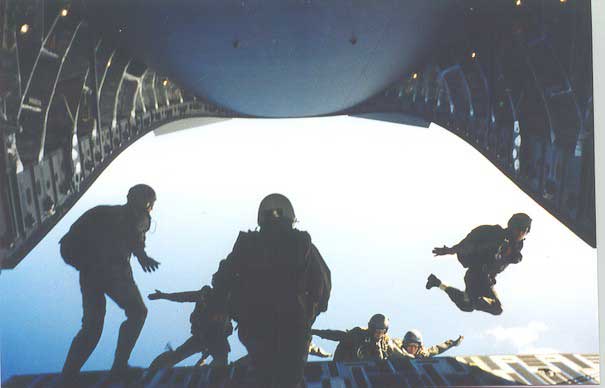When traveling to Indonesia, I would expect beaches and relaxation. The only decisions to be made involve choosing between a banana or strawberry daiquiri; and beach or pool. But there’s more to this country besides the beaches, and that’s why waking up at 4 a.m. was worth it on a recent stay.
By 4:30 a.m. that day in Magelang, I had an orange sarong wrapped around my waist and a flashlight in my hands. I followed the narrow paths of light carried by people in front of me so I could see where we were going. I really didn’t know what we were climbing up. Once the sidewalk ended, we encountered some sort of alleged security, where they took our tickets and we walked through a scanner. Then we were walking up steep, then steeper, rock stairs. By the time we reached the top, my body was warmed up and ready for a run. But, we were just there to sit and wait for the sunrise.
We spent that morning climbing over a ninth-century Buddhist temple by the name of Borobudur. I could use a bunch of adjectives to tell you what this is like, but instead, here are some photos.
Jakarta is also a cool city to visit. At the very least, how many people do you know have been there? Exactly. Not many. But the capital is worth visiting — just walking around is great, if you don’t mind heat and crowds. The Jakarta History Museum has impressive artifacts — my favorite being the ancient statues — and good, free tour guides who speak English well. Visit the Gereja Katedral, then walk across the street to the Istiglal Mosque.
A first experience in a mosque
This was our first mosque to ever enter, so we got a guide who my husband had read about. As we entered the largest mosque in Southeast Asia, a bored-looking man slumped in a chair behind a small desk gestured and grunted for us to take our shoes off. We did so, walking to where other people were dropping their shoes off to another man who put them in cubbies.
“Not so fast,” is what he might have been saying in his native tongue as he ushered us away from here. He took us to another man who supposedly spoke English. This man led us to a locked room, where we put our shoes in some other cubbies and signed a guest book, noting our names, where we’re from and our religion.
I can’t say the tour was good, but that’s only because I couldn’t understand a single word the guy was quietly mumbling. We walked up the marble staircases in our bare feet to overlook the main prayer room. There was a barricade not quite in the middle of the room: The smaller portion was for women, the larger for men, to pray.
It wasn’t really crowded in there, but those who were there were kneeling and bowing down ahead of them, opposite our direction. Above them was a giant, gold dome. Turned off TV screens were everywhere. We took some awkward pictures of the space around us before slapping our feet on the cold ground elsewhere.
We walked through some water, leftover from cleaning the ground, to an outdoor prayer space. The ground was all brick, with white bricks making rectangles around red bricks, noting the individual places for prayer. This also indicated the correct orientation toward Mecca. Once again, the space for men was larger than that for women, this one overwhelmingly so.
Around these outdoor spaces were covered walkways, heavily populated with what looked like homeless people. Most were still, lying flat asleep. Others were just hanging out. A couple of women were giving each other manicures. One guy begged to us. They all looked needy.
We walked back to the secret locked room for the special cubbies, where our guide did clearly pronounce the word for “donation.” We slipped a bill in and tipped our guide.



























































